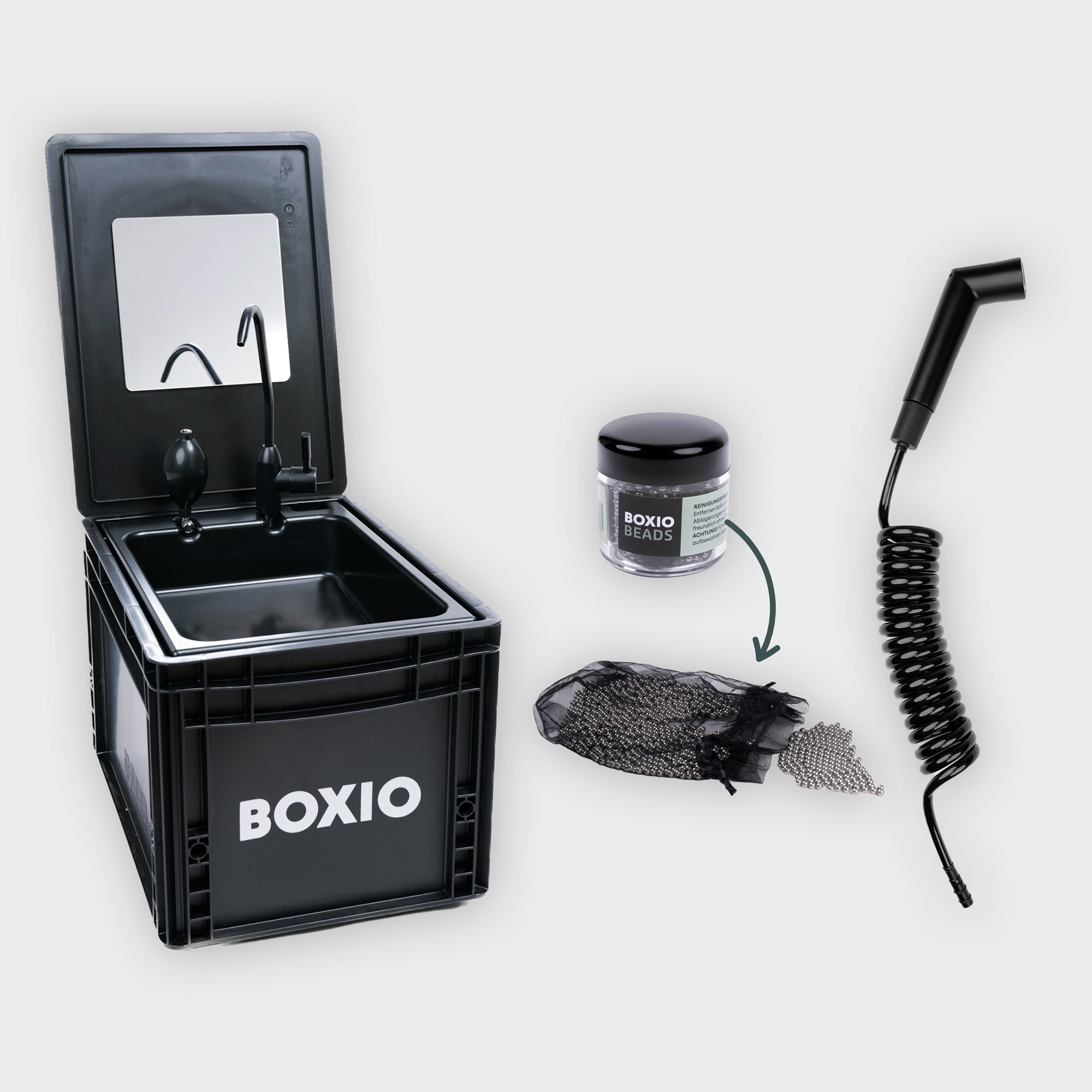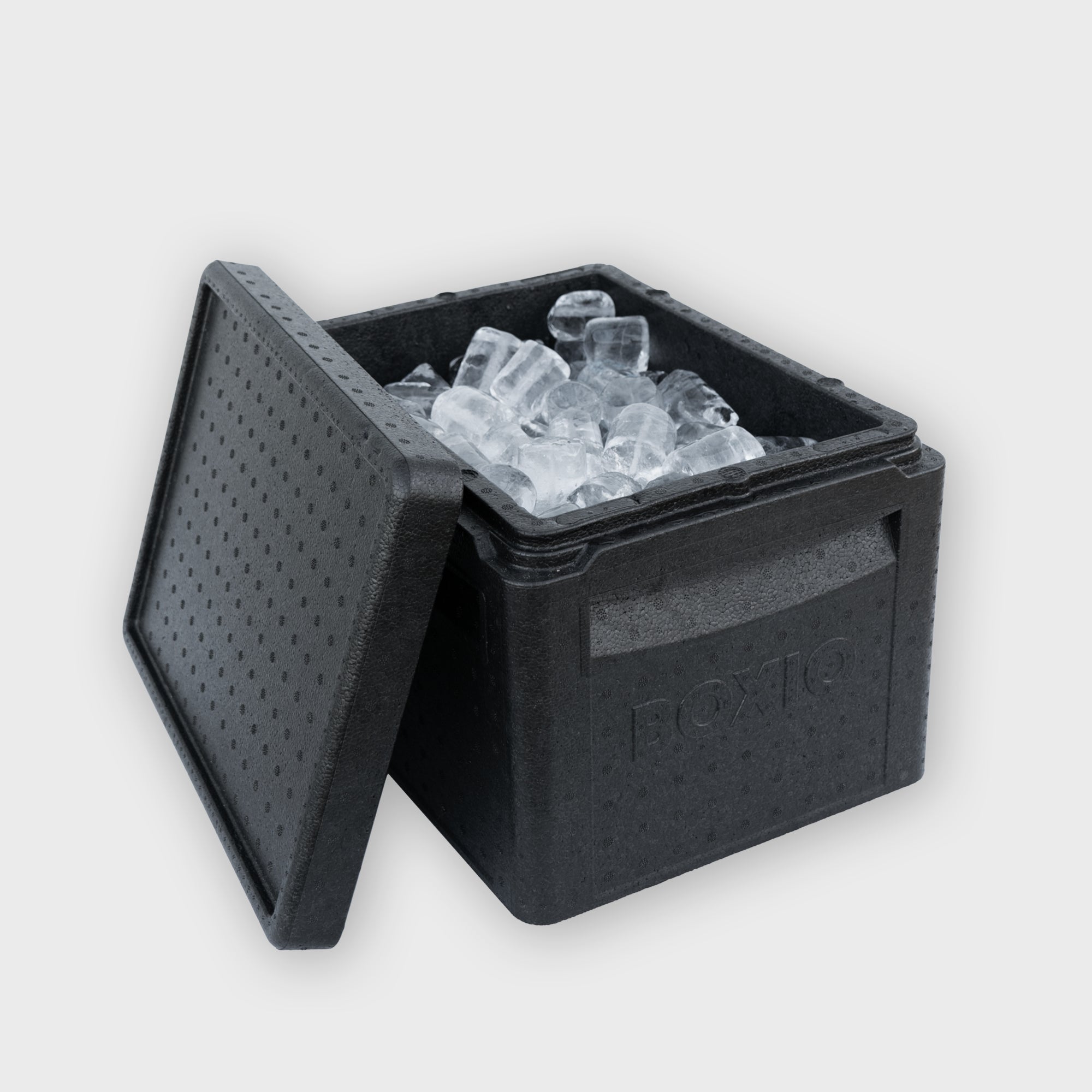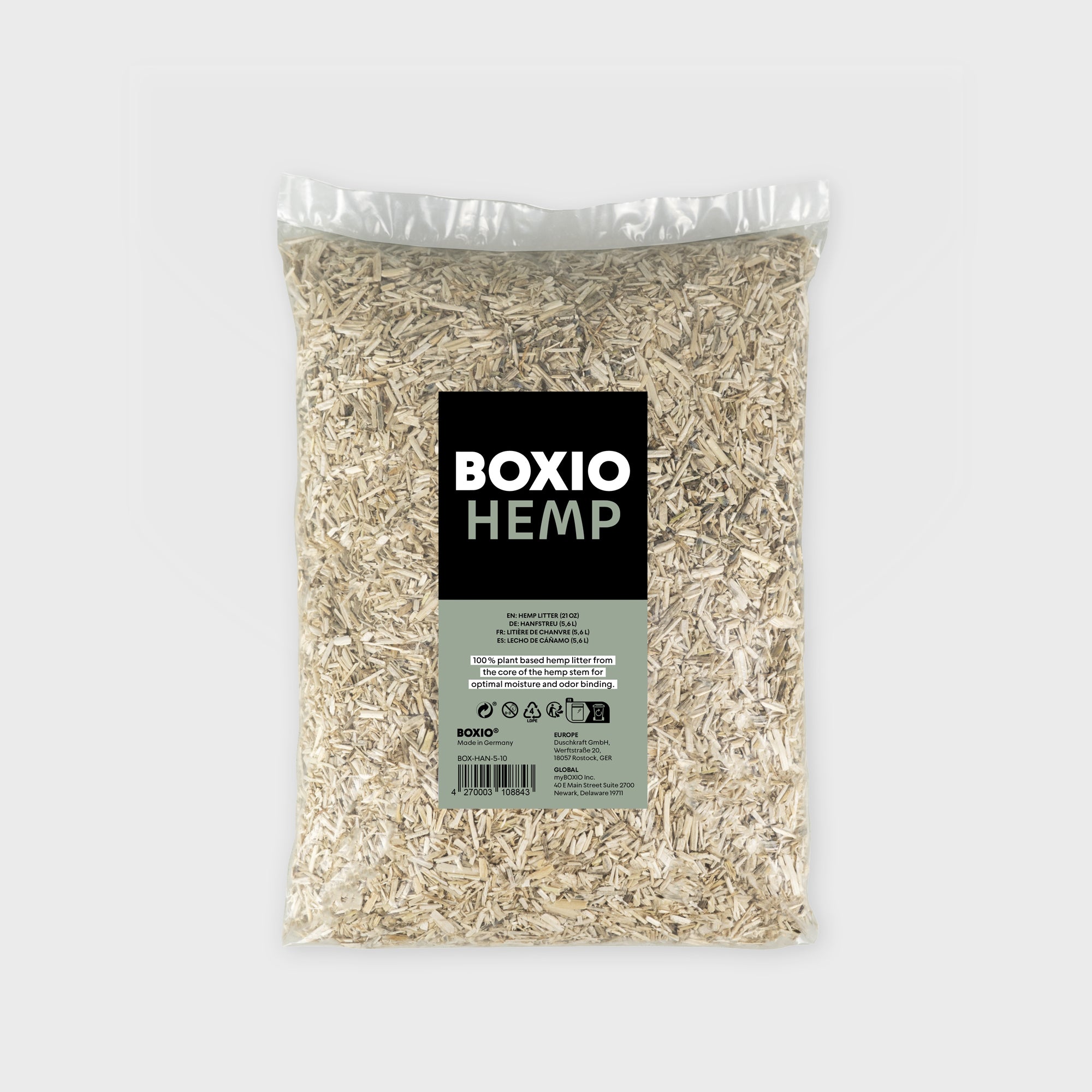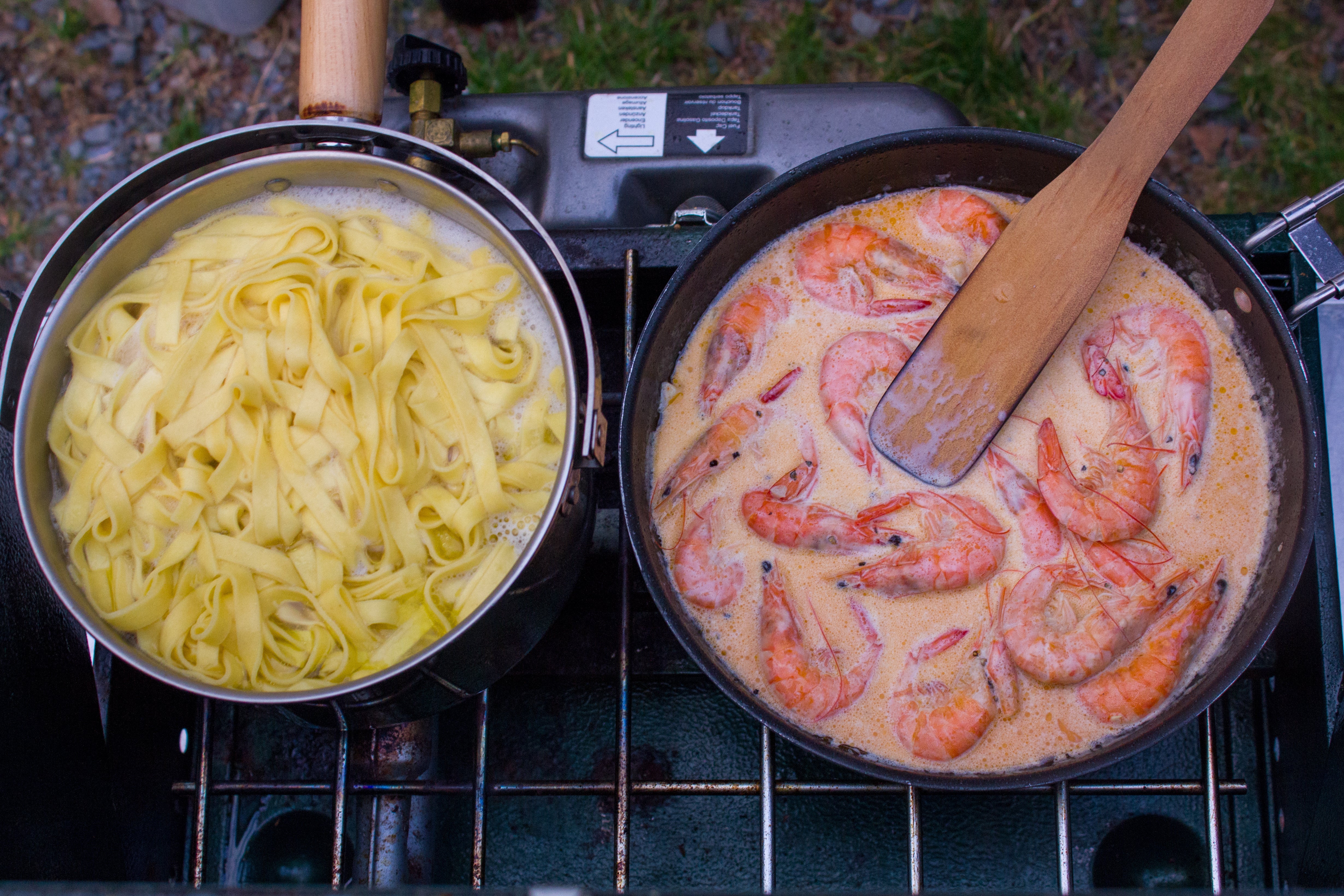After giving you a brief insight into the world of permaculture gardens in this article"How to create a permaculture garden? A comprehensive guide for beginners", we would like to take a deeper dive into the world of permaculture gardening so that you too can get started with your personal garden project right away.
A functional permaculture garden requires several steps, starting with thorough planning.
It is crucial to carefully observe the local conditions and consider how they can be best utilized. Existing plant species in the garden should be considered and external influences such as wind, weather and sunlight should be taken into account.
Based on these observations, suitable plants for cultivation can be determined and their requirements recorded in the cultivation plan. The six zones of permaculture gardening provide information about the different elements of the garden areas.
1. Planning
2. Drawing up a plant list
3. Laying out the beds
4. Planting the herb spiral
5. Integration of permaculture cultivation systems in the greenhouse
With this knowledge, you can begin to introduce initial structures such as beds, wild areas and greenhouses into the uncultivated area. The most high-maintenance crops should be placed closer to your house or garden shed, with the effort required decreasing as the distance increases. It is important to create sufficient habitat for animals and microorganisms and to leave the existing garden structure largely unchanged.
Planning the permaculture garden
The foundation of a functioning permaculture garden is the planting plan and the cultivation pattern according to the different garden zones.
The selection of plants should correspond to the local climatic and soil conditions. A mixed culture of selected plant species supports each other and promotes growth.
When creating the beds, care should be taken to ensure that plants with different growth strategies can grow side by side without conflict. Companion plants for vegetable cultivation fulfil natural fertilizing and protective functions. Trees and shrubs help to conserve water by creating shade and provide additional nutrients through dead plant parts.
The soil should never be uncovered, but should be naturally covered by grasses, herbs or ground cover.
The zoning in the permaculture garden defines the amount of work required for the individual areas:
1. zone 0: The main residence in the garden, close to the house or apartment.
- Zone 0 is the heart of the permaculture garden and is located in
the immediate vicinity of the living area.
- Areas that are frequently used by people are created here, such as
terraces, seating areas, barbecue areas or even a garden shed.
- The planning and organization of the garden begins in this zone, as it serves as a
central starting point and facilitates access to the other zones
.
- In addition to the living areas, compost heaps,
rainwater collection systems and tool storage can also be accommodated in this zone
.
- In this zone, herbs and kitchen plants can be grown in small pots or
raised beds for quick and convenient access for daily
use.
- Berry bushes such as strawberries or smaller fruit trees such as dwarf apple trees can also be planted in containers to create an area that is both decorative and useful.
2. zone 1: Location for high-maintenance plants that need to be quickly accessible.
- Zone 1 is in the immediate vicinity of the house or apartment and includes
areas that require regular attention and care.
- Herb gardens, raised beds or small vegetable patches are often planted here to enable quick harvesting and easy cultivation.
- Plants in this zone are often culinary herbs, salads, kitchen plants and vegetables that are frequently used in the kitchen.
- Herb gardens with a variety of culinary herbs such as parsley, chives, basil and mint can be planted here.
- Small vegetable patches are suitable for growing lettuce, radishes, rocket, spinach and other fast-growing vegetables that can be harvested regularly.
- Some fruit trees such as dwarf pears or dwarf cherries can also be planted in this zone to enable an early harvest.
- Paths and trails lead through this zone and make access to the maintenance areas easier.
3. zone 2: Area for less intensive care, including vegetable patches and greenhouses.
- Zone 2 extends a little further from the house and includes larger vegetable patches, orchards and greenhouses.
- Plants in this zone require less frequent care and can occupy larger areas.
- Vegetables such as potatoes, pumpkins, tomatoes, cucumbers, zucchinis and fruit trees are grown here, which require more space and a certain amount of care.
- Orchards with fruit trees such as apples, pears, plums and cherries are also typical of zone 2.
- Greenhouses can be used to grow more sensitive plants such as peppers, eggplants, cucumbers and tomatoes and to extend the harvest period.
4. zone 3: Extensive beds for growing crops with minimal care.
- Zone 3 consists of extensive beds where crops are grown that rarely require maintenance.
- Plants such as potatoes, pumpkins, pulses and cereals are grown and harvested here in large quantities.
- Crops that require minimal care and can be harvested in large quantities, such as maize and pulses, can also be grown.
- Cereals such as wheat, oats, rye and barley can also be grown in this zone to enable self-sufficiency in cereal products.
- This zone requires minimal labor, as the plants are largely left to their own devices and only require occasional care.
5. zone 4: Meadows, fruit and nut trees and wildflowers.
- Zone 4 comprises larger areas with extensive crops such as meadows, fruit and nut trees and wildflower meadows.
- Plants are grown here that rarely need tending and require little attention.
- This zone is ideal for extensive crops such as meadows where grasses and herbs can be grown for animal feed or as green manure.
- Fruit and nut trees such as walnuts, hazelnuts, plums and apples can be planted in this zone to provide a long-term harvest.
- This zone provides a habitat for a variety of plants and animals and contributes to biodiversity in the garden.
- Wildflower meadows can help to promote biodiversity and provide habitat for bees, butterflies and other pollinating insects.
6. zone 5: Wilderness zone to promote ecological balance and biodiversity.
- Zone 5 is largely left to its own devices and serves as a refuge for nature to create a sanctuary for wild animals, birds, insects and plants. No specific crops are grown, but the natural processes and biodiversity are promoted by leaving the area undisturbed.
- This zone is important for maintaining the ecological balance and provides habitat for a variety of plants and animals that might otherwise be endangered.
Creating a plant list for the permaculture garden

A mixed culture of suitable plant species is crucial for a functioning permaculture garden. When drawing up the plant list, care should be taken to ensure an even distribution of fruit, vegetable and herb plants. These support each other and contribute to soil fertility and protection against pests. In addition, hedges and shrubs provide protection from environmental influences.
Zone 0 (main habitat):
- Herbs: parsley, chives, basil, mint, rosemary, thyme, oregano
- Berry bushes: strawberries, raspberries, currants
2nd zone 1 (high-maintenance plants):
- Vegetables: radishes, rocket, spinach, leek, kohlrabi, lettuce, carrots, celery
- Small fruit varieties: strawberries, blueberries, blackberries, dwarf fruit (e.g. dwarf pears, dwarf cherries)
- Herbs: dill, coriander, lovage
3. zone 2 (vegetable patches and orchards):
- Vegetables: tomatoes, cucumbers, zucchinis, peppers, eggplants, broccoli, cauliflower, fennel
- Fruit: apples, pears, plums, cherries, peaches, apricots
- Herbs: marjoram, sage, tarragon, lavender
4th zone 3 (extensive beds):
- Vegetables: potatoes, pumpkins, corn, beans, peas, onions, garlic
- Cereals: wheat, rye, barley, oats
- Pulses: lentils, chickpeas
- Root vegetables: parsnips, beet, salsify
5. zone 4 (meadows and fruit trees):
- Grasses: meadow fescue, timothy, cocksfoot
- Herbs: meadow sage, meadow chervil, meadow foamwort
- Fruit trees: walnuts, hazelnuts, mirabelle plums, quinces, plums
6. zone 5 (wilderness zone):
- Natural vegetation: wildflowers, grasses, shrubs, trees (depending on location and natural environment)
Creating the beds in the permaculture garden
When creating the beds in the permaculture garden, it is important to consider a variety of plant species. Superfluous design elements such as borders and paths can be replaced by ground cover. The soil is not dug up, but remains untouched in order to maintain the balance of microorganisms and nutrients. Harvested plant residues serve as mulch and retain moisture in the soil.
Planting the herb spiral in the permaculture garden

Planting the herb spiral in the permaculture garden is a creative and effective way of cultivating a variety of herb plants and creating optimum growing conditions. The spiral is a central element of permaculture that is not only aesthetically pleasing but also offers practical benefits.
The herb spiral consists of stacked natural stones or other materials and forms a spiral structure that winds its way upwards. This design creates different climate zones that allow herbs with different requirements in terms of light, moisture and soil quality to be planted.
At the top of the herb spiral, where the sunlight is most intense, Mediterranean herbs such as thyme, rosemary and sage, which prefer dry and sunny conditions, grow in particular. In the middle areas, where it is slightly cooler and more humid, herbs such as parsley, peppermint and chives feel at home.
Moisture-loving herbs such as watercress and mint can be planted at the base of the spiral, where the pond is located and the humidity is at its highest.
The pond at the base of the herb spiral helps to create a balanced ecosystem by providing a habitat for various aquatic plants, amphibians and insects.
It also serves as a water source for the surrounding herbs and provides natural irrigation.
Integration of permaculture cultivation systems in the greenhouse
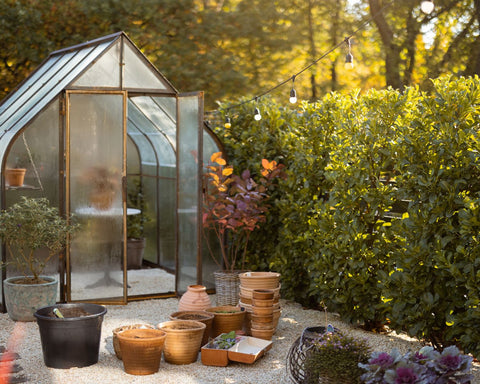
The greenhouse plays a versatile role in permaculture gardening that goes far beyond simple plant cultivation. It fulfills several functions in the ecological system of the garden and contributes to the creation of a balanced ecosystem.
First and foremost, the greenhouse provides a protected space in which plants that are hardy or tolerate low temperatures can thrive even during the cold season. These plants can therefore be grown outdoors for a longer period of time, which extends the growing season and increases crop yields.
In addition, keeping animals in the greenhouse enables another level of self-regulation in the garden cycle. The presence of animals such as chickens or rabbits means that organic materials such as plant residues and animal excrement can be recycled directly on site. These are broken down by microorganisms and serve as natural fertilizer for the plants in the greenhouse. This closes the nutrient cycle and contributes to soil fertility.
Another advantage of the greenhouse is the early start to the growing phase in spring. The sheltered environment and the ability to regulate the temperature means that plants can be planted earlier in the year, leading to an earlier harvest time and therefore increasing overall yields.
With regard to mixed cultivation in the permaculture garden, the careful selection and combination of plants is crucial to the success of the system. A harmonious community of plant species can help to minimize disadvantages and complement each other. Therefore, it is important to consider the characteristics and needs of each plant and plan a balanced plant community.
We hope this in-depth look at creating a permaculture garden has helped you and hope you enjoy creating and planning it. If you would like to find out more about gardens and their various uses, we recommend you take a look here.
Designing or creating a new garden - an overview of the best ideas here
Your Boxio team



